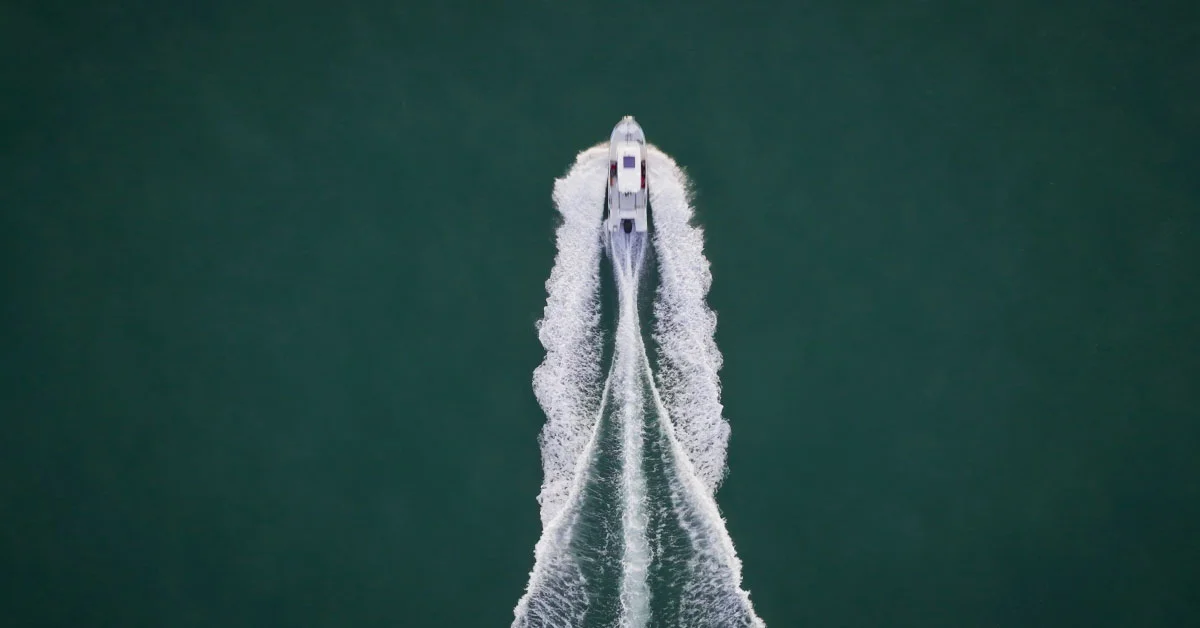It took 20 years for me to land this 8.630 kg world record sea bass, surpassing my previous record from 2004. It was caught using a 12 cm soft lure and a 35 g jig head.
I was targeting big sea bass during the high tides of September. Successively, I hooked some large specimens weighing up to 6 or even 7 kg, and I sensed that the world record sea bass was within reach!
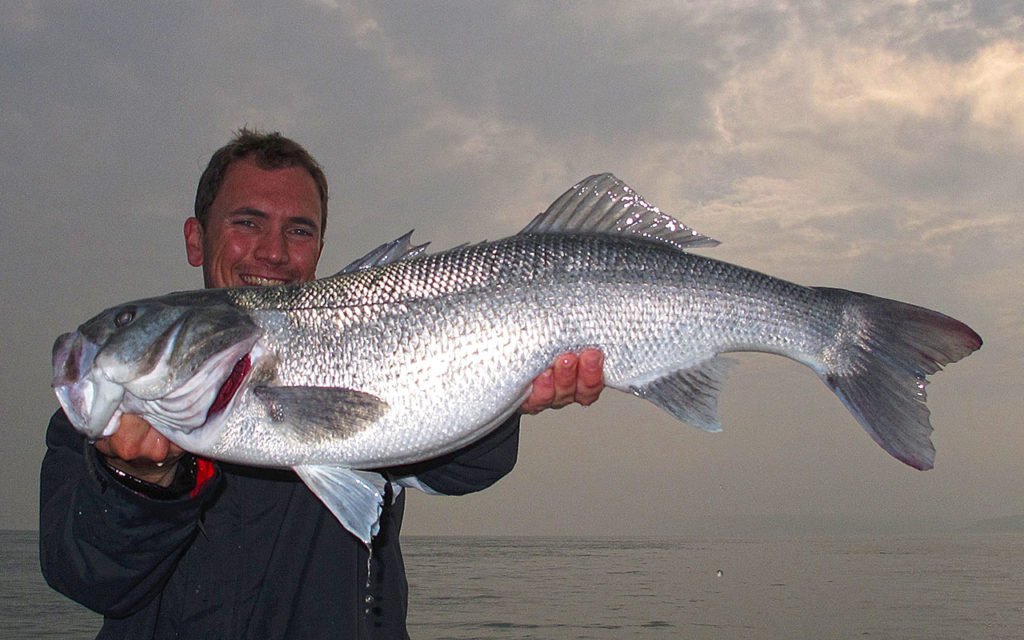
And this exceptional fish shattered my previous record set in 2004. It’s a magnificent 8.63 kg sea bass (19 lb 0 oz), caught on September 21, 2014. This incredible catch is recognized as a world record by the IGFA on light tackle. Below is the story of this catch, with the photo placed at the end of the article.
The Hunt for Big Sea Bass
I’ve always been obsessed with hunting big fish, starting with big sea bass. Every bass angler dreams of catching a truly impressive fish and beating their personal record. However, there is a real difference between a 1 kg sea bass and a specimen over 4 kg. One must be prepared to face the beast, which requires strategic approaches to target big sea bass. When the right timing, spot, technique, and lure presentation align, catches of large sea bass can become frequent, as seen with the 7.4 kg sea bass I caught from the shore in 2007.
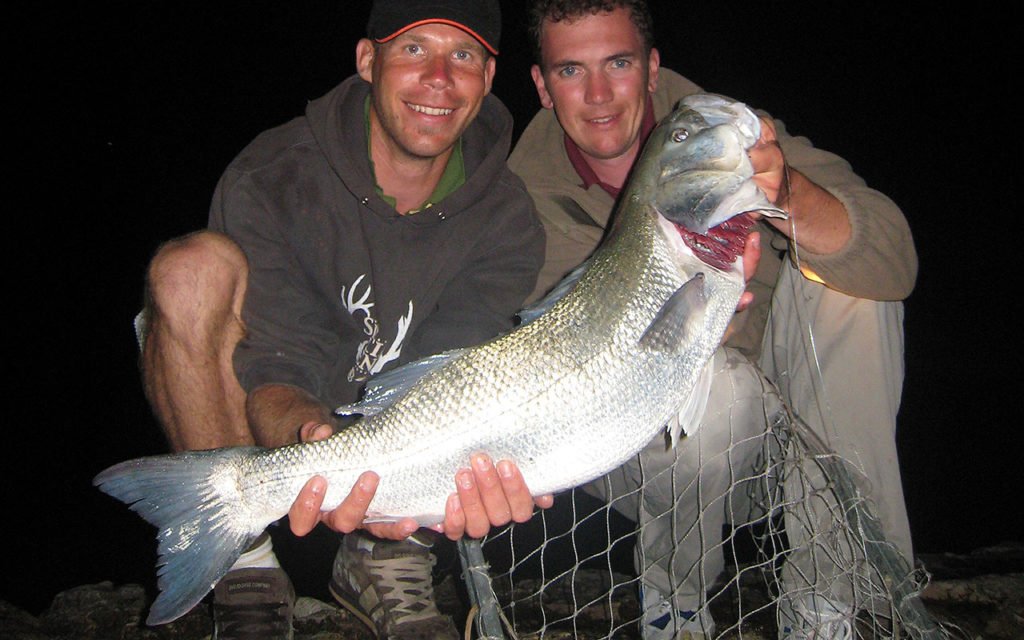
For beginners or those targeting various fish species using delicate rigs in surfcasting, it’s common to have hooks broken by large fish strikes. If the angler specializes in surfcasting or is a competitor and the big sea bass is not the target, it might not be problematic. However, if the angler aimed for a remarkable catch, it’s a technical error. This can be corrected simply by increasing the resistance levels of the leader line, rig components, especially the hook. The same applies to lure fishing.
Losing a big fish in rugged coastal rocks due to a too-thin leader is regrettable. It’s worse when the almost-landed record fish cannot be lifted because the angler lacks a landing net. This constitutes a technical error and perhaps a lack of ambition on the angler’s part. All of these factors need reevaluation if you genuinely dream of beating your records and successfully hooking a sea bass over 4 kg.
Finding the Spots and Noting Tide Hours for Each Fish
Obviously, a photo of an 80 cm sea bass caught from the shore ignites dreams. It’s equally obvious that such a catch doesn’t happen every day, and it would be a shame, when the moment arrives, to miss out on a fantastic catch due to negligence.
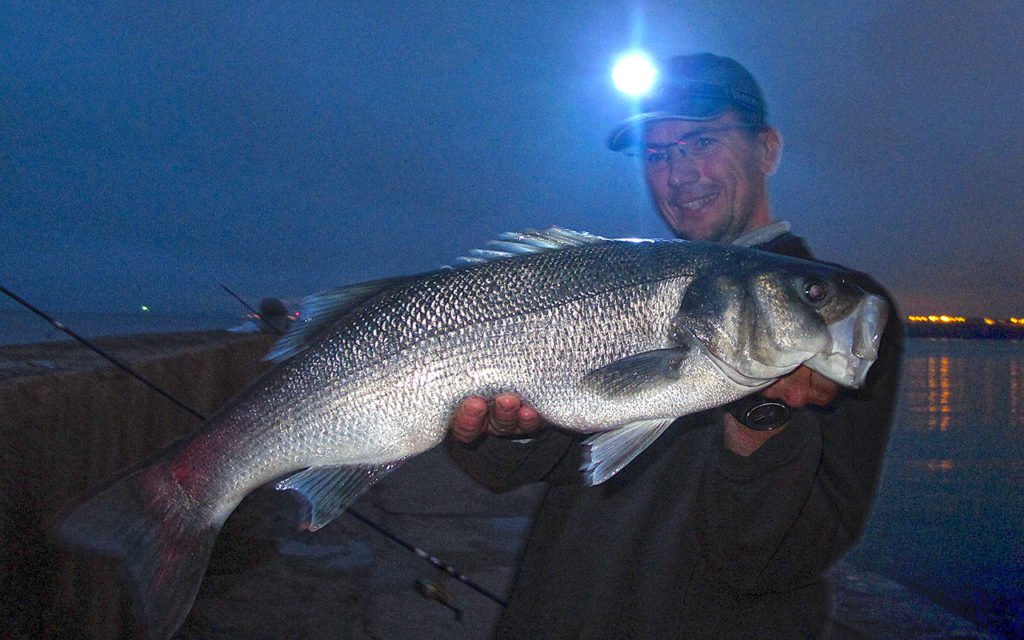
The first step is the consistency of big fish strikes. Big fish are interested in certain spots and disregard others. There are fishing spots where gatherings of big sea bass are more pronounced. If throughout a season, you haven’t caught or seen a sea bass over 1.5 kg, explore further; the area is probably not suitable. Look elsewhere and accept a few empty-handed attempts.
Every big fish caught or observed should be noted in a catch logbook along with tide hours and tidal coefficients. Additionally, a big sea bass typically seeks a substantial prey that provides significant caloric intake in one bite. Thus, live or dead fish and white baits (cephalopods and shellfish) are preferred baits.
When using lures, it’s a different story. Sometimes, a large surface lure will attract a big sea bass, while other times, it might be a tiny soft lure that leads to the capture of a large specimen. The lure’s purpose isn’t solely to feed our playmate. It plays on the concept of territory that the sea bass defends by neutralizing the small prey passing by its refuge repeatedly, regardless of its size. In summary, during a feeding phase, the very large sea bass prefers a large prey, as it’s hungry. During a non-active or less active phase, the big sea bass prefers nibbling, and downsizing (using very small soft lures) is often more effective.
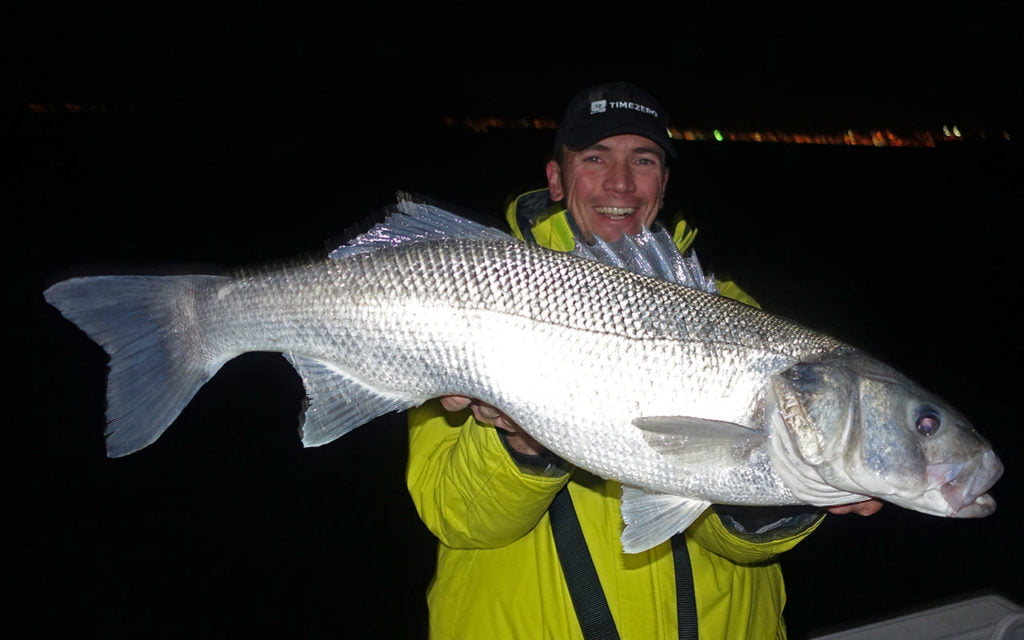
Appropriate Gear to Land a Record Sea Bass
Regardless, a record sea bass will put significant tension on our leader line. It will head back and forth towards the abrasive shelters in its habitat. Thus, always be ready and question the potential catch of a big sea bass before casting. Use sturdy and suitable fishing gear along with a landing net or a scale. Be capable of landing the big fish in good conditions without taking risks. Facing a record sea bass, it’s very tempting to try to land it at all costs. In the heat of the moment, one might be willing to take risks for the fish of a lifetime!
Therefore, increase the leader line diameter. At dawn, dusk, or at night, the leader line is less noticeable. Fluorocarbon’s discretion matters less during these times than in clear water during the day. The key that works in all spots, from the shore to the boat, is the season’s timing and tide time. Coefficients ranging from 65 to 90, increasing, between September and November, are optimal for finding record sea bass.
My World Record Sea Bass
This 8.630 kg Dicentrarchus labrax was caught above a rock head. Initially, I made a long drift among the rocks. After consecutively catching 2 fish at a GPS point, I decided to explore the surroundings using my personalized TimeZero bathymetry coupled with my sounder. I discovered a 4 m drop-off parallel to the coast, 20 m further.
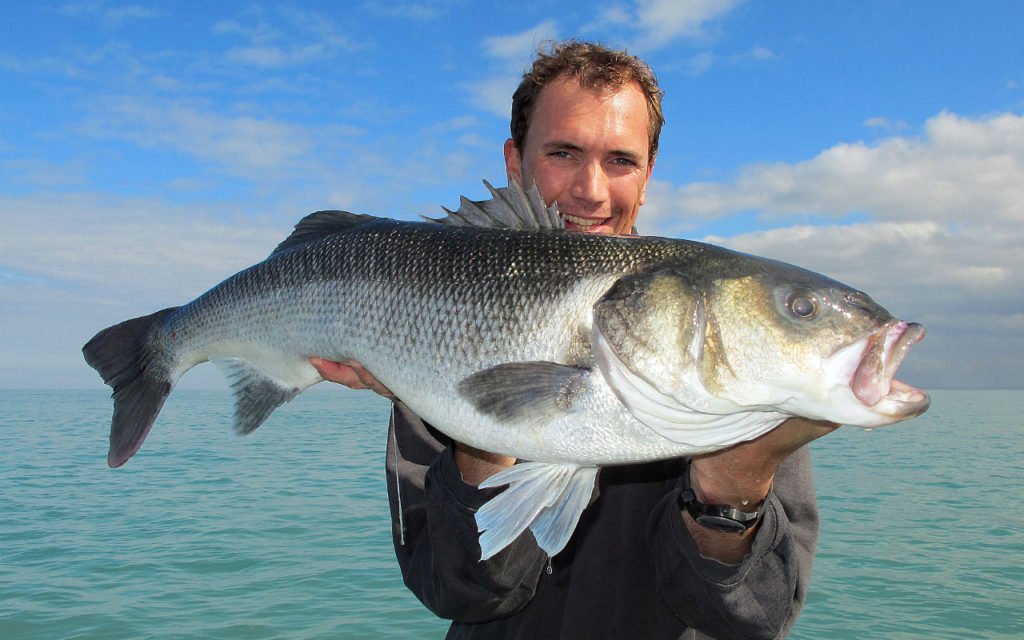
I passed over it vertically using a powerful and precise 1 kW Chirp transducer. Some big sea bass were present in that area. While drifting a bit more precisely on the rocky slope, I hooked some beautiful fish. The next day, at the same spot and on the first drift, I hooked this exceptional “labrax”!

